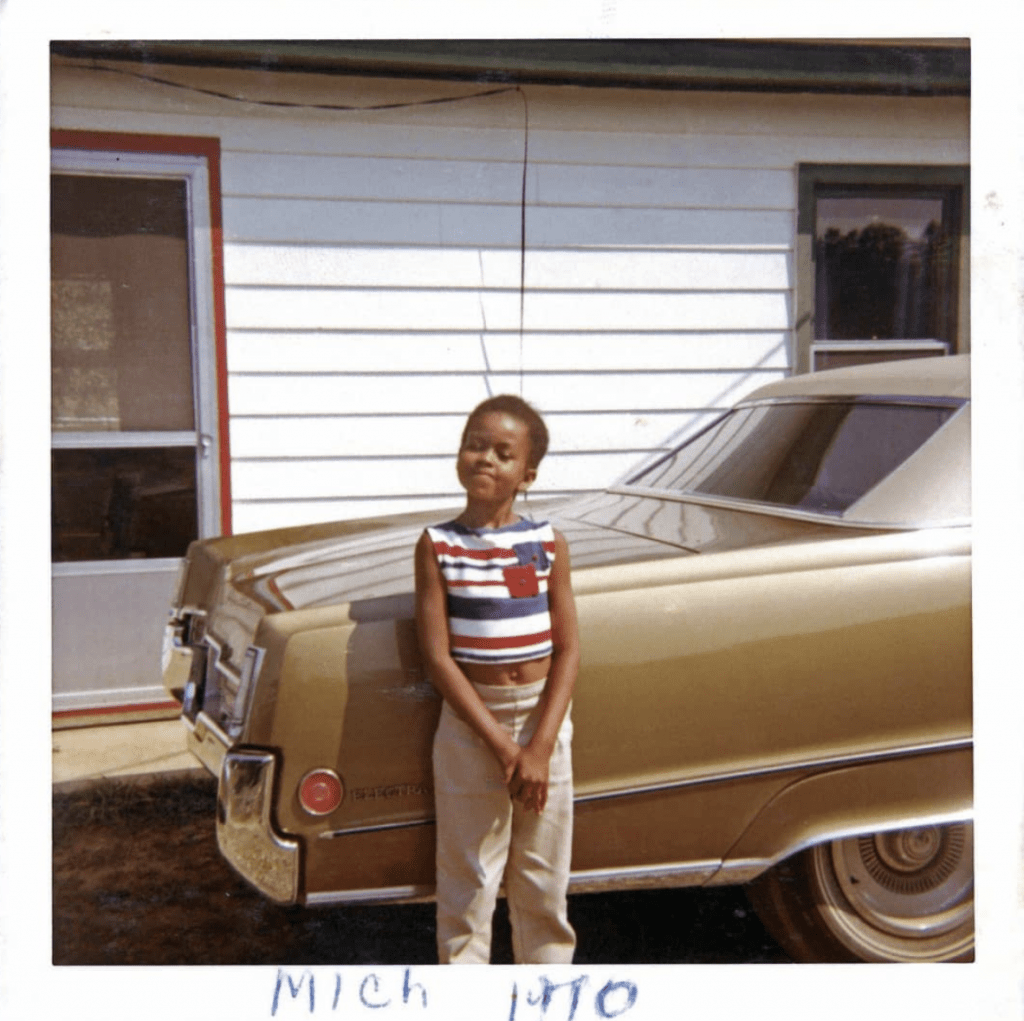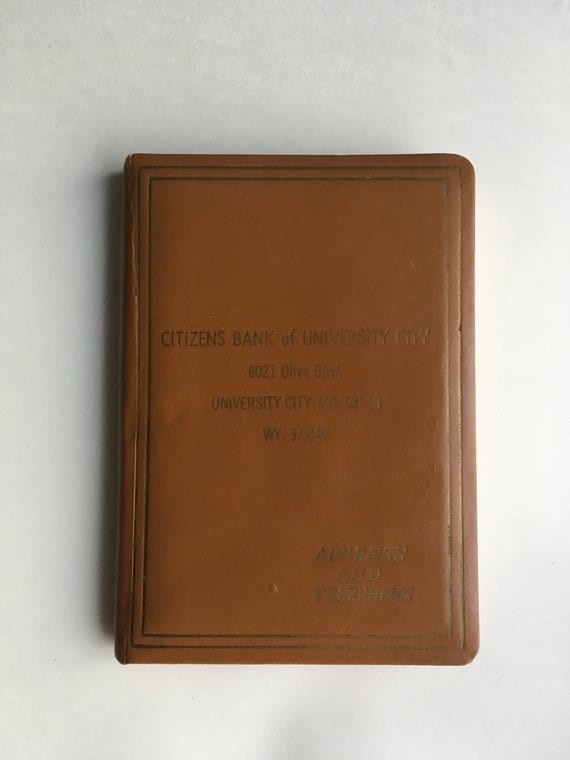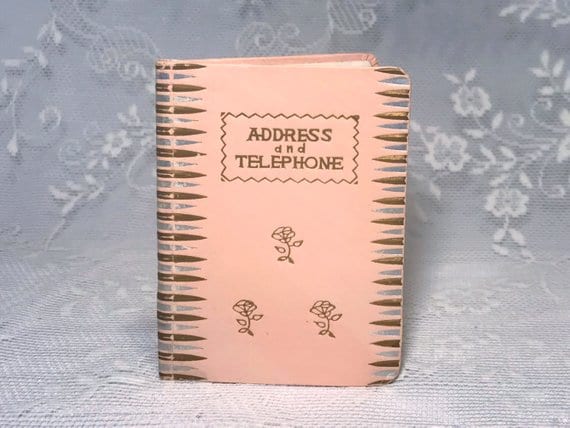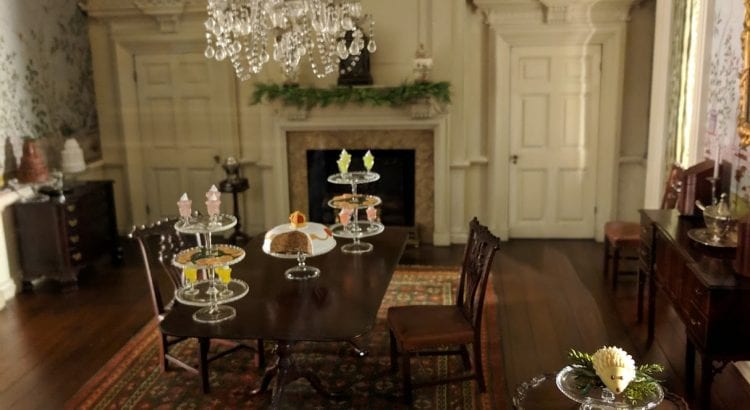It’s 4 p.m. on New Year’s Day. We’ve done nothing but watch TV in bed, eat in bed, read in bed, play video games in bed, anything that didn’t require us to leave the bed. Really, it’s the perfect start to a year in which I hope to slow down and allow myself a little more time doing exactly this kind of nothing.
This lounging has an unintended consequence, however.
We’re watching something forgettable on TV as Justin rubs my back. Both of our eyes are glazing over as his hand grazes a spot on my lower left side. This sloping hill is home to one lone hair that sprouts like a bamboo stalk in a pool of milk. It’s one of those hairs that seems to grow to its full size overnight.

“Did you know you have a back hair? Like… one back hair?” Justin asks, laughing and using his fingers to seek out the thick strand’s exact location.
Oh boy, we’re both awake now. My cheeks start to flush. Then I remember it’s just Justin. (And then, later of course, it’s just a body. Just a back, a hair, an aging exterior, healthy.)
“Haven’t I told you about that before?” I say. As my instinctual insecurity unhitches, I giggle at the thought of it chilling all by itself back there. “It started growing about a year ago. I shave it.”
This sends him rolling off the bed in laughter. Literally, he falls off. Amused, I try to reach back and find the hair. It’s obviously been a while since I shaved it—I could weave a poncho with this thing.
Justin goes to the bathroom and comes back with tweezers. I lay on my belly as he plucks the lonely thing right off my back.
We inspect it together, like one does a popped zit or a tissue your nose (or whatever) just desecrated. We both determine it is thinner than it felt root-deep in the dermis, but where it lacks in girth it makes up for in length. Overall, a very impressive performance by one hair gone wild!
Next, I roll over on my back and ask Justin to do the same for the lone hair that similarly sprouts out of my chin. I’m better at shaving this one more regularly.
We giggle at each other as he lets it rip.
OK, but so these dumplings.
Intimate back and chin two-hair plucking comprised New Year’s. Chinatown dumplings *made* our Christmas Day.
This was the first year Justin and I stayed in Chicago for the winter holidays. Partly because we were so over traveling by that point in the year and didn’t want to spend 12 hours in the car again. And partly because we were hoping to purchase a condo over the holidays and wanted to be around to vulture something up if it came on the market.
We didn’t. Purchase a condo. But what we did establish a new Chicago Christmas tradition: Dumplings for dinner at Qing Xiang Yuan.
Best. Dumplings. Ever.
Take it from me. Or “Check Please!” if ya nasty.
I had recently eaten at QXY with a dear friend. She ordered for our whole party. Don’t you love when that happens? I do. Going to a restaurant with someone who knows where all the hidden menu gems (and, in this case, wood ear mushrooms) are buried is the BEST.
Her recommendations are now mine: Try the spicy shredded seaweed salad with chili pepper, flavorful wood ear mushroom salad (don’t look at the pictures, just do it), and grilled lamb kebab for starters. Then go straight to the dumplings. Your server can tell you which style (steamed, boiled, or fried) would be the most tasty for your combination. Order a bunch. They go fast.
On Christmas Day, we tried the pork and cabbage boiled and the beef and coriander steamed (yessss! definitely thisssss!). So delicious. So fun to eat. I love plucking them out of their little baskets, where they’re presented and unveiled together.
Like little stockings stuffed with care.
This is the only photo I took on Christmas:

I think one pic is review enough: I was too busy stuffing my face to take any more. But, Chinatown is really cool and I’d be remiss not to give you pictures from other visits we’ve taken there. Chinatown is a visual feast as much as it is a culinary one. Enjoy.


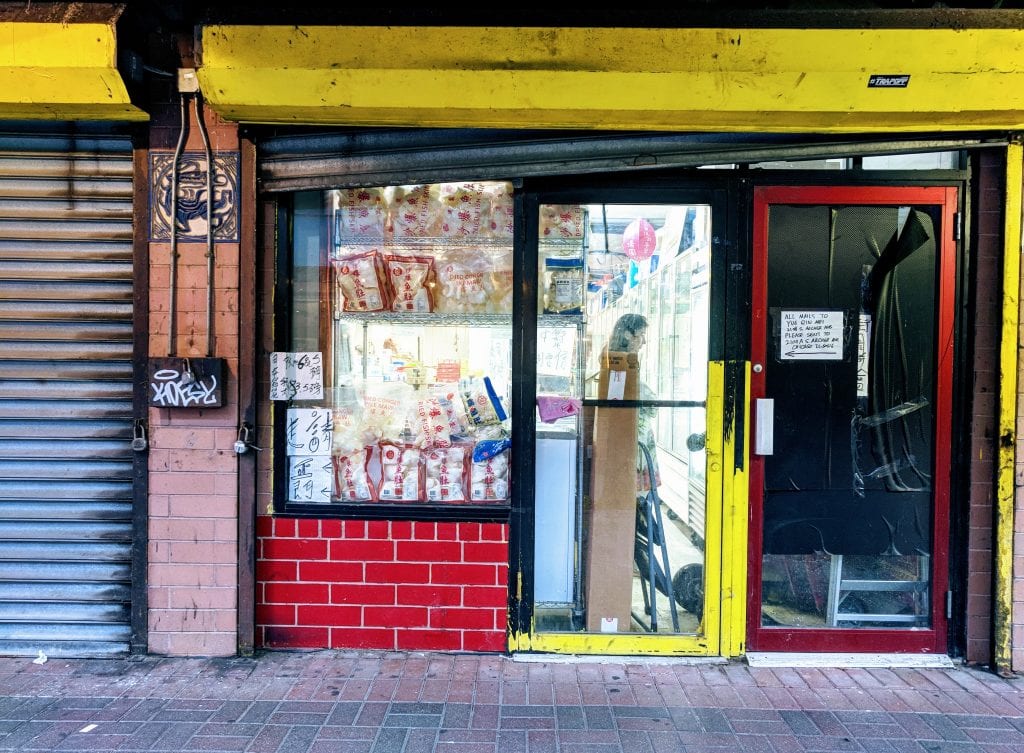









Byeeeee!






